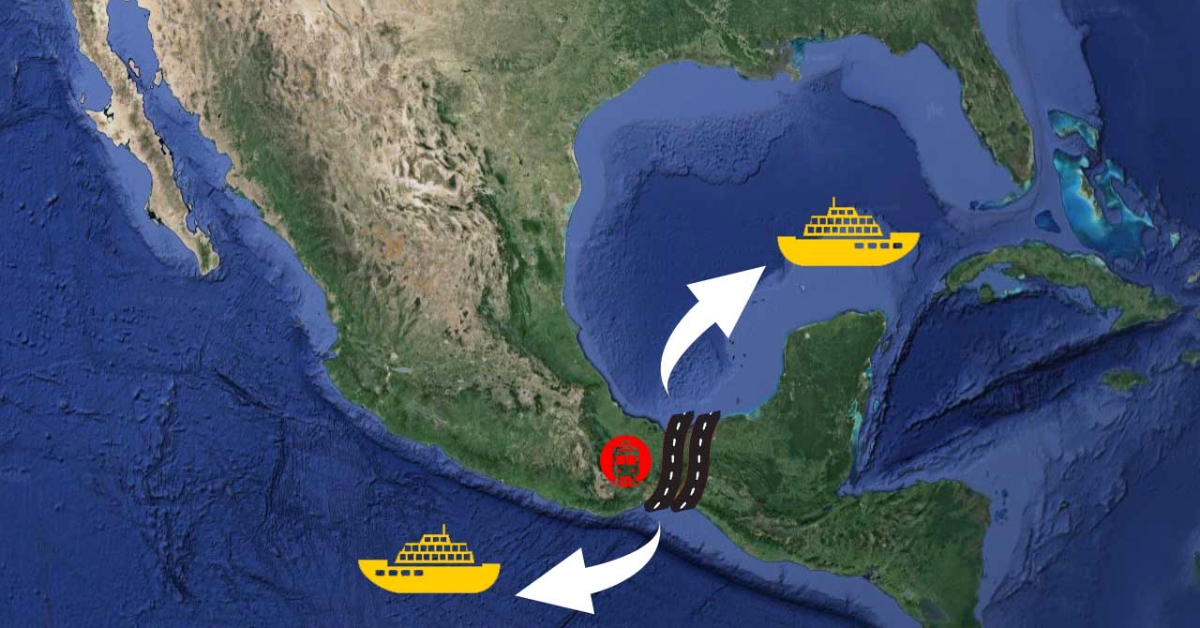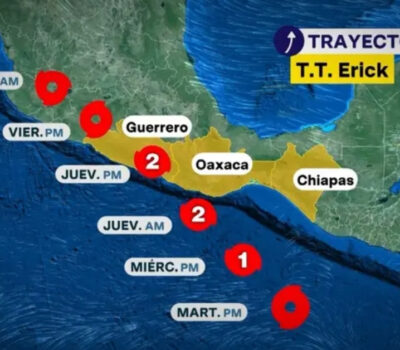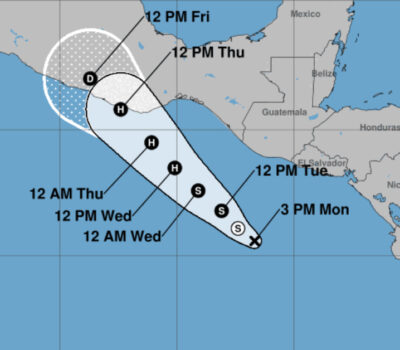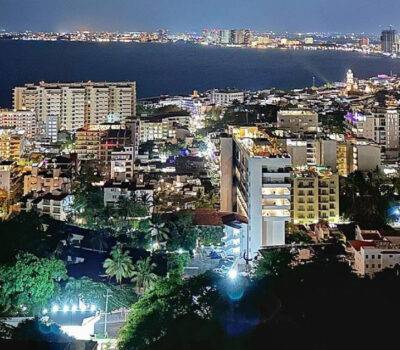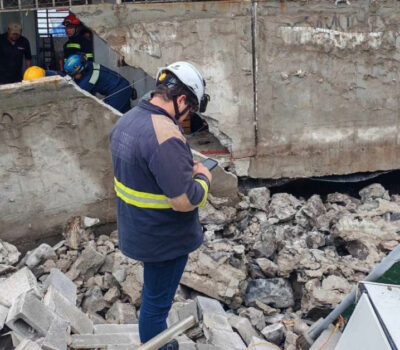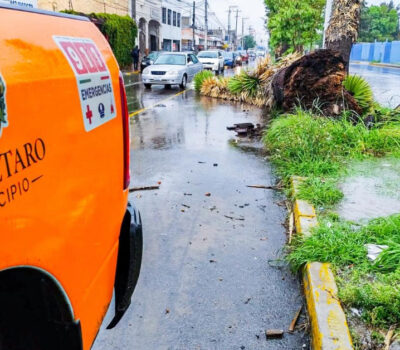The Interoceanic Corridor through southern Mexico is on track for mid-2026 completion, connecting the Pacific and Atlantic by rail and transforming trade and development across Veracruz, Oaxaca, Chiapas, and Tabasco.
The Mexican government announced key updates to the Interoceanic Corridor of the Isthmus of Tehuantepec this week, a massive infrastructure project slated for completion by mid-2026. Touted as a strategic alternative to the Panama Canal, the corridor aims to bridge the Pacific and Atlantic oceans via an extensive freight and passenger rail network through southern Mexico.
During a morning press conference at the National Palace, Octavio Sánchez Guillén, head of the Interoceanic Corridor project, presented an overview of the current construction milestones. He emphasized that the primary goal is to establish a comprehensive logistics platform that supports the well-being and development of the Isthmus region and extends its influence across four states: Veracruz, Oaxaca, Tabasco, and Chiapas.
“The objective is to implement a logistics platform for the well-being and development of the Isthmus of Tehuantepec region, the territorial and maritime influence that encompasses the states of Veracruz, Oaxaca, Tabasco, and Chiapas, and includes the ports of Coatzacoalcos, Salina Cruz, Dos Bocas, and Puerto Chiapas,” said Sánchez Guillén.
As part of this sweeping plan, more than 1,200 kilometers of the Interoceanic Railway are being rehabilitated. Work is underway on three key lines—Z, FA, and K—that cut across the southern part of the country. The rail network will link vital ports and industrial zones, forming the backbone of a modern multimodal transport system.
According to Sánchez Guillén, the scale of the construction includes 30 levees, 610 bridges, eight transfer yards, 41 passenger stations, and over 1,500 cross-drainage structures—demonstrating the scope and ambition of the corridor.
President Claudia Sheinbaum echoed the project’s significance for national development and regional inclusion. “The southeast was the least connected region for both passengers and cargo. Now the Interoceanic Corridor not only connects Veracruz and Oaxaca but also connects the Pacific and Atlantic oceans and is an alternative to the Panama Canal,” she said.
Sheinbaum described the corridor as a long-overdue investment in a region historically overlooked by large-scale infrastructure development. In tandem with the Maya Train—another mega project initiated by former president Andrés Manuel López Obrador—the Interoceanic Corridor forms part of a broader strategy to stimulate economic growth in Mexico’s southeast.
The president also highlighted that the Maya Train would be adapted for cargo transport, offering further connectivity throughout the Yucatán Peninsula, including states like Quintana Roo and Yucatán. “It will allow freight to move throughout the Peninsula,” she explained.
In a notable development, Sheinbaum confirmed that discussions are ongoing with the Guatemalan government to potentially extend the railway to the Pacific coast of the neighboring country, through the southern state of Chiapas. “This project is very important for the country’s development and a recognition of what the southeast means for Mexico, in addition to passenger transportation,” she stated.
The Interoceanic Corridor, along with the Maya Train, was one of the signature infrastructure projects of the López Obrador administration (2018–2024). While some critics expressed concern about environmental and indigenous impacts, both projects have been carried forward under Sheinbaum’s leadership and remain central to her administration’s national development plan.
With a focus on integrating trains, ports, highways, and industrial hubs, the Interoceanic Corridor is envisioned as a transformative platform for global trade. Sánchez Guillén framed the corridor as a “modern multimodal platform that connects trains, ports, highways, and industrial zones to facilitate global trade and transform the living conditions of families in southeastern Mexico.”
As construction continues, the corridor is expected to dramatically boost regional employment, attract private investment in logistics and manufacturing, and reposition southern Mexico as a key node in international trade routes—particularly for companies seeking alternatives to the increasingly congested Panama Canal.
If delivered on schedule, the Interoceanic Corridor will not only reshape internal connectivity but may elevate Mexico’s role in global commerce by mid-2026.
The Interoceanic Corridor through southern Mexico is on track for mid-2026 completion, connecting the Pacific and Atlantic by rail and transforming . . .

